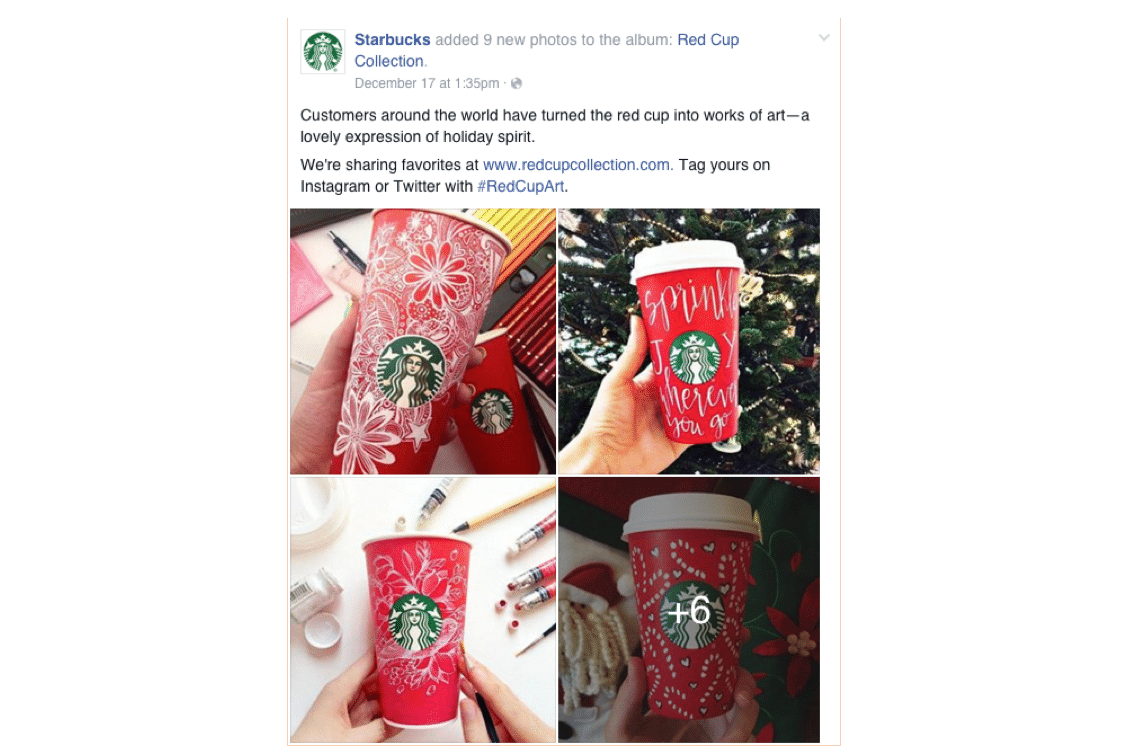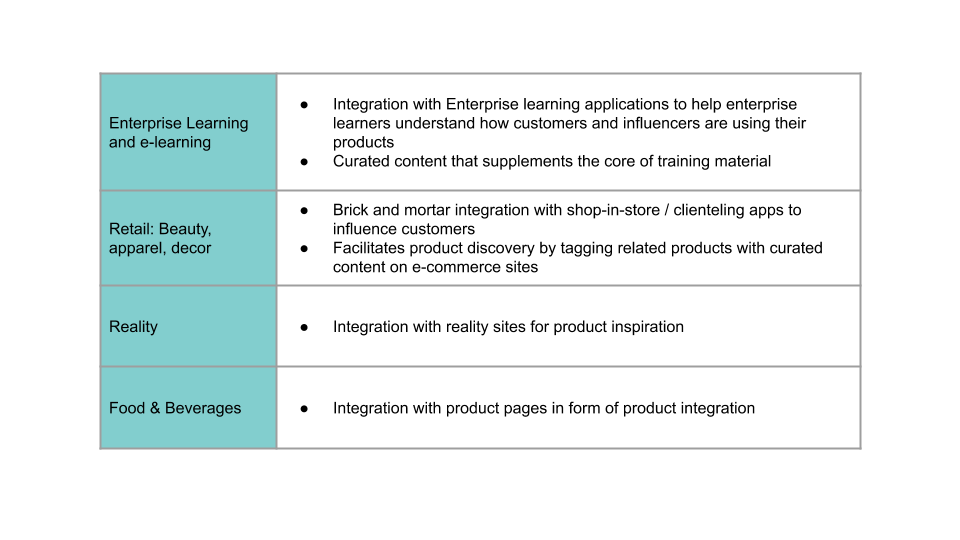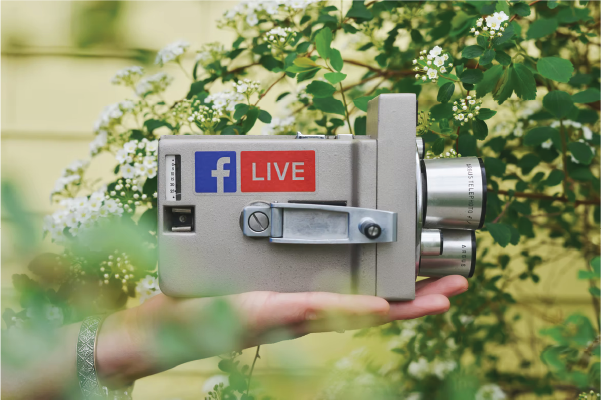As humans we are more driven towards decisions based on what friends, families and peers say than what advertisers say. In the world of social consumerism, this extends to testimonials and reviews and endorsements by other consumers. Hence, it is no wonder that 79% of the users make a purchase decision based on what other consumers are saying, in other words, the decisions are based on the user-generated content. While 92% of marketers believe that the content they create and publish resonates as authentic with their consumers, almost 51% of consumers say less than half of brands create content that resonates as authentic. Quite the contrast!
The world is social, and businesses are now adapting their digital experience strategies to incorporate the social element. Here’s how.
Tapping Into User Generated Content
User-Generated Content (UGC) is basically any form of content - videos, images, text or audio - that has been posted on online forums by the users of a product, brand or service. It could take the form of reviews, testimonials, social media posts, microblogs and many others.
 Brands like Starbucks and IBM have run powerful campaigns that allowed them to leverage user-generated content to add a degree of authenticity and human-ness to their brand image. Beauty brands such as Bobbi Brown and MAC Cosmetics showcase social content created by users of their products in the form of galleries on their brand site. These galleries are in turn tagged with the products used, encouraging users to shop for looks instead of a standalone product, in turn driving user engagement. The “Share a Coke” campaign by Coca-Cola generated 500,000 photos on social media when it was launched in 2014, at the same time driving sales with the personalisation that the Coke bottles with the name-branding brought.
Brands like Starbucks and IBM have run powerful campaigns that allowed them to leverage user-generated content to add a degree of authenticity and human-ness to their brand image. Beauty brands such as Bobbi Brown and MAC Cosmetics showcase social content created by users of their products in the form of galleries on their brand site. These galleries are in turn tagged with the products used, encouraging users to shop for looks instead of a standalone product, in turn driving user engagement. The “Share a Coke” campaign by Coca-Cola generated 500,000 photos on social media when it was launched in 2014, at the same time driving sales with the personalisation that the Coke bottles with the name-branding brought.
National Geographic is probably the earliest adapter of user-generated content. The Photo Of The Day @NatGeoYourShot series ensures repeat users and a high degree of reader engagement. The archives contain every single image featured on the Photo Of The Day series dating back to more than ten years ago. This creates a vast pool of content that readers browse through. 
Business Value Derived From User Generated Content
Social content curation allows brands to tap into their audience base and leverage word-of-mouth publicity. For instance, in case of National Geographic, the brand has been able to involve the large community of professional and amateur photographers globally.
Here are some distinct benefits that social content curation offers:
- Influencer-led marketing - Content can be highly regionalised by leveraging celebrities and influencers in a particular market/region to promote product lines and services.
- Customer connect - Curating content from users of a brand to create a customer connect, which in turn has the potential to increase conversions. In a study by Photoslurp with brands that use their platform, it was found that user generated content was five times more likely to create a conversion than professional content.
- Increased authenticity - 90% of customers are more likely to affiliate with a brand which they deem as authentic. Leveraging user generated content conveys a positive brand image.
- Personalisation - Brands do not need to implement personalisation for every application, instead balance original with curated content from their social media channels.
- Localisation - Cater to users in different regions and languages by leveraging content from local handles.
- Search Engine Optimisation - Fresh content on page, links to sites with high page authority, reviews and testimonials are some of the factors that contribute to ranking your pages high on search engines. And all of these are easily achieved by using user generated content.
- Reduced cost of content creation - When Sephora started with UGC on site, they posted 50+ unique photos everyday on the site. For brands that heavily depend on product shots, curation offers a cost-effective way of providing a richer content experience to its audience. Photo shoots involve the products, team, location, model & makeup to name a few. In addition, there is a cost associated with preparing the images for distribution to the various brand outposts. Content curation on the other hand, involves the cost spent on a curation tool, and a team to curate this content. The maths here is straightforward.

Integrating Social Content Curation Strategy Into Your CMS
Step one towards integrating any kind of social content curation into your site is to identify the social media channels most useful for you. If your brand relies heavily on product shoots, like a beauty, FMCG or fitness brand or an e-commerce site, then Instagram may be the best place to start. If your brand focuses on technology or service delivery or e-learning, LinkedIn and Twitter works best.
Step two, would be to prioritise which social accounts and influencers on these channels are most valuable for your brand. Of course, your social media marketing team would also need to reach out owners of these accounts to get permission to use their content. Most social content curation tools allow you to segment these accounts and their updates into buckets, prioritise them, and arrange them into different streams. These streams could be based on different themes, based on geography or language, or might be driven by various marketing campaigns the brand might be running.
There are two ways to leverage these streams. Curation tools like Flipboard allow you to display each stream as a standalone mini-magazine on their own site or your brand’s social media page. These streams can carry a mix of curated and brand posts to drive engagement with the brand.
Alternatively, tools like Olapic, Curator.io and UpContent allow creation of streams that can be embedded into pages of your own brand site. Each stream carries a unique identifier in the curation tool that you use and can be stored in the CMS. The CMS would authenticate with your curation tool account using an API key; then based on the triggering section of site, fetch and display content from the respective stream. This basically means, you could set up a different set of curated content to display on different sections of your site (Fig. 2), providing a more relevant and more personalised experience to your audience.
Use Cases Leveraging Social Content Curation
Social content curation can be applied to multiple use cases across different industries.Here is a snapshot of a few of them.  Social content curation can be applied to both, intranet sites such as enterprise e-learning portals and knowledge repositories, as well as customer facing sites. The right balance between brand authored content and user generated content is the key to providing the best experience.
Social content curation can be applied to both, intranet sites such as enterprise e-learning portals and knowledge repositories, as well as customer facing sites. The right balance between brand authored content and user generated content is the key to providing the best experience.
In A Nutshell
When applied correctly, social content curation can greatly enhance the digital experience offered by your brand, be it shopping, learning or entertainment. It builds a storyline for your customers, adding value without you having to shell out a bomb. And it is a definite way to keep your audiences engaged, and in many cases convert.
Because it is a concept that is driven by a basic human instinct - of wanting to be heard.
Our Services
Customer Experience Management
- Content Management
- Marketing Automation
- Mobile Application Development
- Drupal Support and Maintanence
Enterprise Modernization, Platforms & Cloud
- Modernization Strategy
- API Management & Developer Portals
- Hybrid Cloud & Cloud Native Platforms
- Site Reliability Engineering




